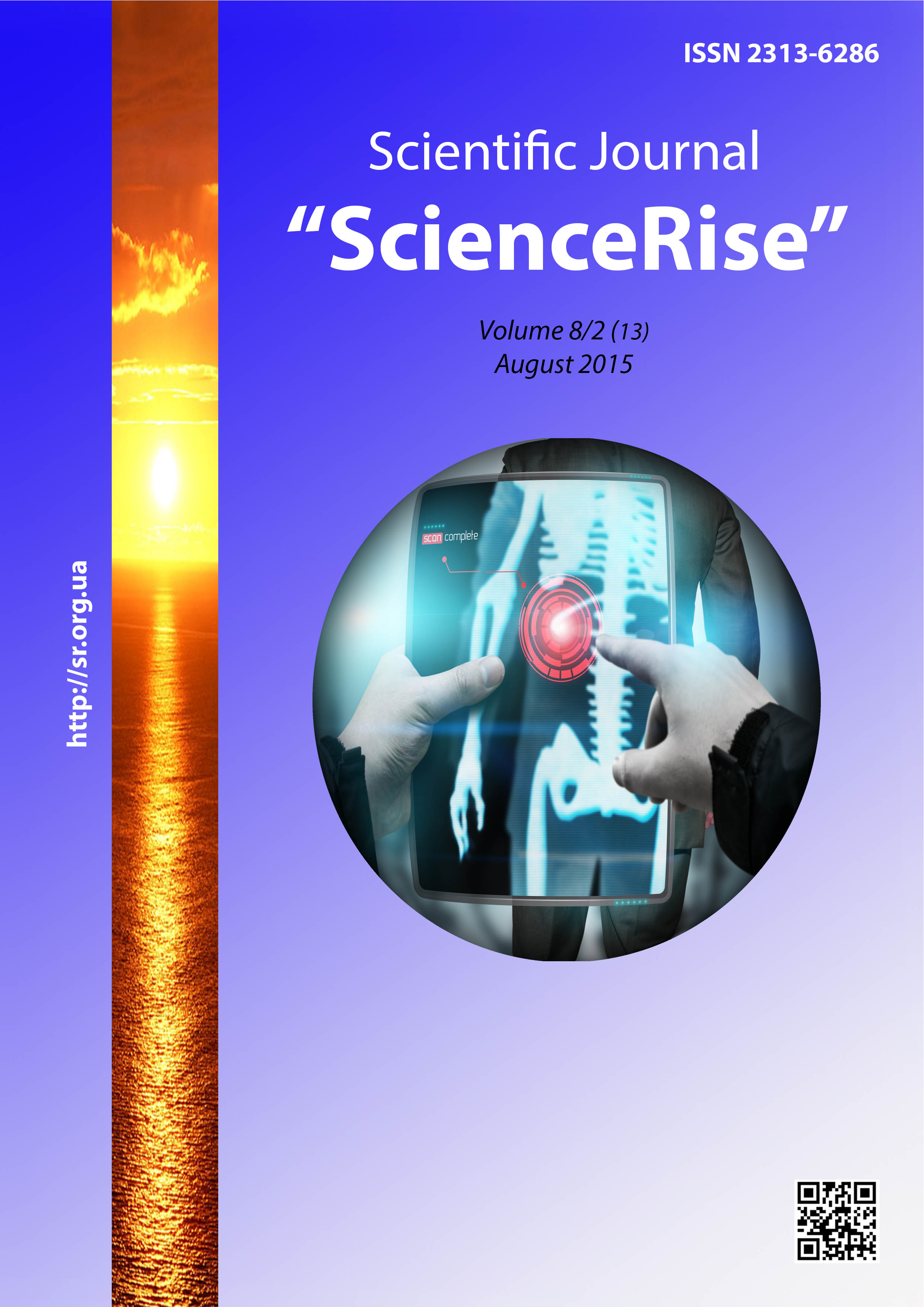Особливості проектів створення іт-кластерів
DOI:
https://doi.org/10.15587/2313-8416.2015.48353Słowa kluczowe:
проект, ІТ-кластер, мета, зацікавлені сторони, продукт, сценарний аналіз, аспекти оцінюванняAbstrakt
Визначена сутність проектів створення місцевих ІТ-кластерів. Виділені їх характеристики, які мають бути враховані на фазі ініціалізації проекту, зокрема, стратегічна і тактичні цілі, перелік зацікавлених сторін, продукт проекту. Визначено домінуючи сценарії для оцінювання життєздатності проекту, а також три аспекти, за якими має бути проведено оцінювання
Bibliografia
ІТ rynok. Association «ІТ Ukraine». Available at: http://itukraine.org.ua/it-rynok
Zhdanova, T., Pekar’, V. (2010). Klastery, novye ekonomicheskie otnoshenia I brendy gorodov. Available at: http://pekar.in.ua/Clusters.htm
Porter, М. (1998). Competitive Advantage: Creating and Sustaining Superior Performance. Free Press, 592.
Boja, C. (2011). Clusters Models, Factors and Characteristics. International Journal of Economic Practices and Theories, 1 (1), 34–43.
He, J., Fallah, M. H. (2011). The typology of technology clusters and its evolution – Evidence from the hi-tech industries. Technological Forecasting and Social Change, 78 (6), 945–952. doi: 10.1016/j.techfore.2011.01.005
Pro klaster. Klaster informacijnykh tekhnolohii ta biznes poslug. Available at: http://itcluster.lviv.ua/about/
Derenskaya, Ia. N. Klassifikacia proekov v proektnom menedgmente. Available at: http://www.finanalis.ru/litra/328/2895.html
Schmidt, T. (2009). Strategic Project Management Made Simple: Practical Tools for Leaders and Teams. Wiley, 272.
Postma, T. J. B. M., Liebl, F. (2005). How to improve scenario analysis as a strategic management tool? Technological Forecasting and Social Change, 72 (2), 161–173. doi: 10.1016/j.techfore.2003.11.005
Boja, C. (2011). IT Clusters as a Special Type of Industrial. Informatica Economică, 15 (2), 184–193.
##submission.downloads##
Opublikowane
Numer
Dział
Licencja
Copyright (c) 2015 Вера Викторовна Любченко

Utwór dostępny jest na licencji Creative Commons Uznanie autorstwa 4.0 Międzynarodowe.
Our journal abides by the Creative Commons CC BY copyright rights and permissions for open access journals.
Authors, who are published in this journal, agree to the following conditions:
1. The authors reserve the right to authorship of the work and pass the first publication right of this work to the journal under the terms of a Creative Commons CC BY, which allows others to freely distribute the published research with the obligatory reference to the authors of the original work and the first publication of the work in this journal.
2. The authors have the right to conclude separate supplement agreements that relate to non-exclusive work distribution in the form in which it has been published by the journal (for example, to upload the work to the online storage of the journal or publish it as part of a monograph), provided that the reference to the first publication of the work in this journal is included.

